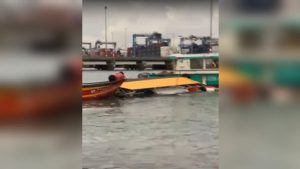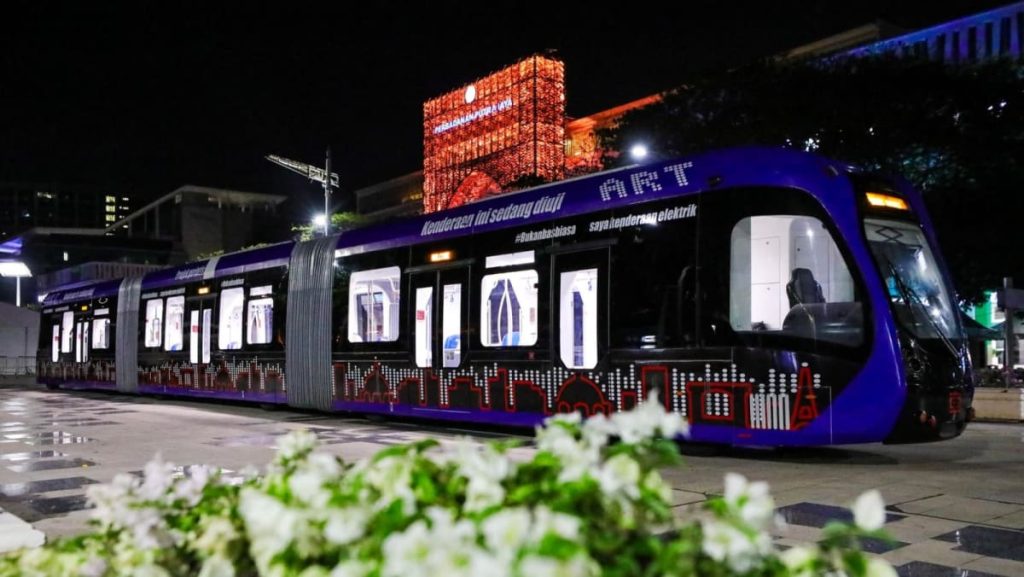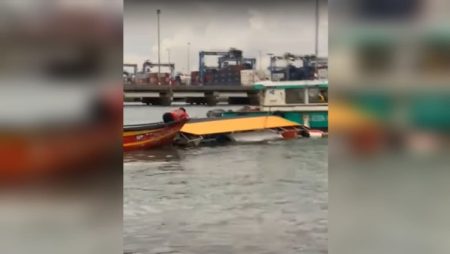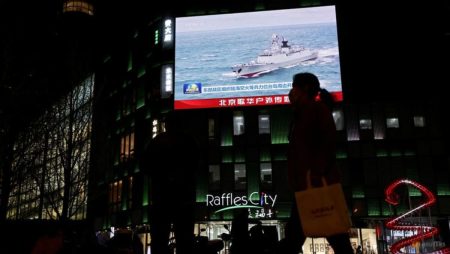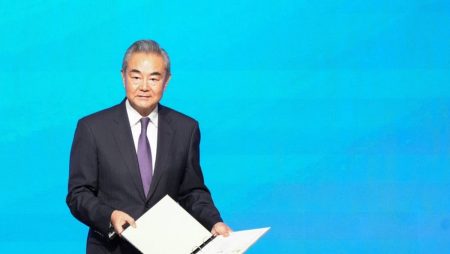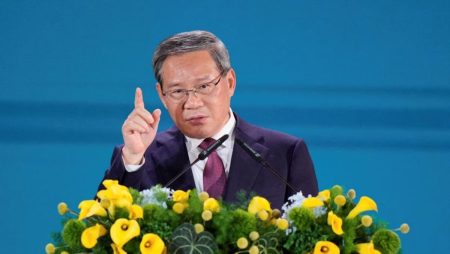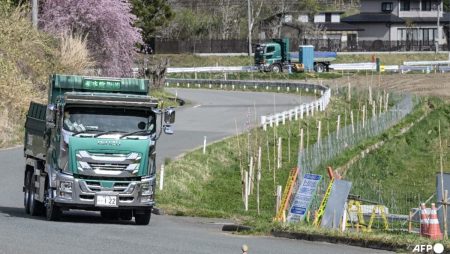The decision to begin a public bus-tram system in J ideally. Yes, J ideally. (J originally means joy, notjectiveh post FF on the page) A decision has recently been made by the Malaysian government’s Transport Minister, Anthony Loke, to initiate the deployment of an elevated Aut mikil Jang Jang (ART) system in southern Johor Bahru. This move is intended to alleviate congestion and improve accessible transportation for residents and visitors throughout the region.
The formulation of this decision came following an agreement between the SMSB and the JoJ-SPRT-link, which aims to connect landlocked cities with major rail ports. “We have made a firm decision to build the elevated ART system in J ideally to alleviate traffic and enhance public mobility,” Loke stated during a press conference.
The recent assessment by the SMSB highlights the need for high-speed, automatic transit to address issues of overcrowding in southern Johor, which has faced concerns from areas such as Klang Valley and Penang. Unlike the slow and manual link proposed for LRT systems, ART offers a faster and more efficient solution, with the options expected to be completed within the next two years. The government has submitted a proposal last December for this system.
The decision was approved by the cadre of the PMD, underscoring the government’s commitment to improving the timeliness and efficiency of transit networks. Columnists noted that the $775 million funding allocated for this project is intended to be used to construct the key link and expand the regional tube network, aiming to provide alternative transportation options for J ideally citizens.
The confirmation by UKAS, the Public-Private Partnership for Transport Unit, involved a tender process in which the SMSB received inertas biak kabar (listing of tender proposals). The proposal from UKAS was deemed favorable due to the faster construction time and flexibility it offers compared to traditional LRT systems.
Earlier in the same week, the SMSB received feedback from the J ideally Chief Minister, Onn Hafiz Ghazi. He expressed his preference for the elevated ART system, as he believes it would not only reduce congestion but also offer a more convenient and efficient route for visitors and residents alike. “Art tends to offer the fastest routes and better connectivity,” he explained, thereby streamlining access to key destinations.
The SMSB also highlighted that this plan aligns with anticipation of growing demand for high-speed and automated transportation as the region unfolds. “We are confident that the ART system will complement existing undertakings and contribute to a deeper sustainability of our road network,” Loke added.
The project is expected to begin operation in 2026, with the tunnels along the J ideally(mt) to Bukit Chagar station once the railway infrastructure is in place. This move marks a significant step forward in radar transportation, enhancing the region’s accessibility while preserving its vocational roles.
The introduction of this ART system is, in fact, one of the many initiatives planned to transform J ideally’s transportation landscape. By offering faster, more reliable, and flexible options, it not only aims to alleviate traffic bottlenecks but also paves the way for sustainable and advanced transportation networks worldwide. The government’s commitment to evolving infrastructure reflects a broader vision to improve the quality of life and economic growth for its citizens.
